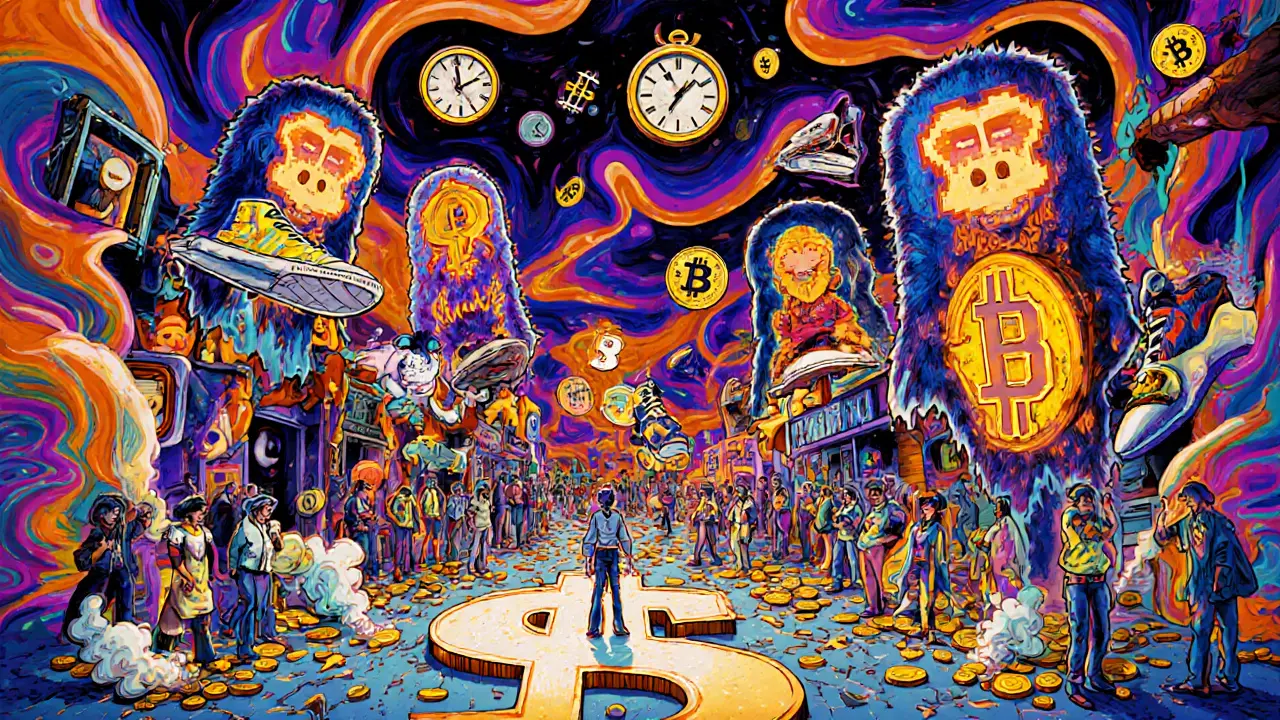NFT Sales Decline: Why the Market Is Cooling and What It Means for You
When NFT sales decline, a sharp, sustained drop in trading volume and prices across non-fungible token marketplaces hits hard, it’s not just about lower prices—it’s about the end of a phase. The hype-driven rush of 2021 and 2022 gave way to something quieter, but more real: a market sorting out what matters from what doesn’t. NFTs aren’t dead. They’re being stripped down to their core purpose: utility, access, and ownership—not just JPEGs with flashy backgrounds.
This decline didn’t happen in a vacuum. It’s tied to broader crypto winter, a prolonged period of low prices, reduced investor interest, and shrinking liquidity in digital asset markets. As Bitcoin and Ethereum struggled, so did NFTs. But here’s what most people miss: the projects that survived didn’t rely on hype. They built real use cases—like access to private communities, in-game items in play-to-earn worlds, or fractional ownership of real-world assets. Look at MetaSoccer NFTs or HashLand’s synthetic hash rate tokens. These aren’t collectibles. They’re functional tools inside ecosystems that still have users.
Meanwhile, the market is learning what doesn’t work. Projects with no team, no roadmap, and no reason to exist—like LakeViewMeta or Ekta—vanished. Scams masquerading as airdrops, like fake HyperGraph or HaloDAO claims, got exposed. Buyers got smarter. They stopped buying based on floor prices and started asking: Does this NFT do something? Can I use it? Will it still matter in six months? That’s the new standard.
The NFT adoption, the real-world integration of non-fungible tokens into services, platforms, and user experiences isn’t slowing—it’s shifting. Enterprise use cases are growing quietly: tokenized real estate, digital diplomas, loyalty programs. Even in places like Qatar, where crypto is banned, tokenized assets are still being traded legally. That’s the future: NFTs as infrastructure, not decoration.
What you’ll find in the posts below isn’t a list of top NFTs to buy. It’s a collection of real stories—about failed projects, hidden utilities, scams that fooled thousands, and the few that kept building even when no one was watching. You’ll see how NFTs connect to airdrops, exchanges, and tokenization trends. You’ll learn what to avoid, what might still have value, and why this decline might be the best thing that’s happened to the space in years.
NFT Market Crash: What Happened and Why It Collapsed So Fast
The 2022 NFT market crash wiped out billions in value as speculation, high fees, inflation, and fake trading collapsed the hype. Here's what really happened-and what's left now.
